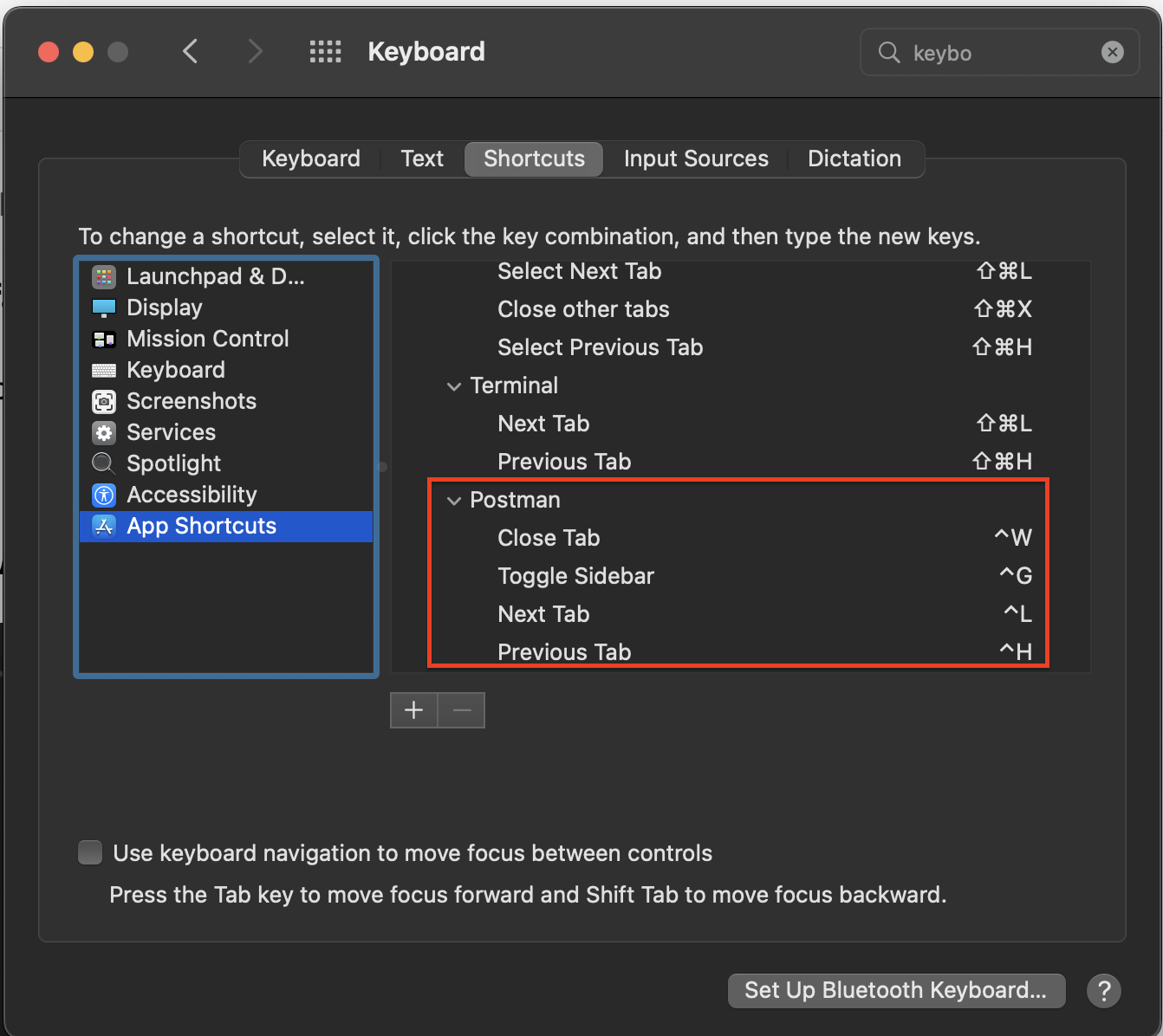Postman Productivity: Expert Tips And Shortcuts

Table of Contents
Mastering Postman Collections for Enhanced Workflow
Effective organization is paramount for Postman productivity. Postman Collections are your secret weapon for managing and reusing API requests, ultimately leading to faster API testing.
Organize Your API Requests
Think of Postman Collections as containers for your API requests. Creating well-structured collections is the cornerstone of efficient API testing.
- Create logical collections based on API functionality or projects. For example, you might have collections for "User Authentication," "Product Catalog," or "Order Management." This clear structure makes finding specific requests a breeze.
- Use folders within collections for further organization. Break down large collections into smaller, more manageable folders. This is especially useful for complex APIs with many endpoints.
- Benefits: Faster access to requests, improved collaboration (share collections with your team!), easier debugging by isolating requests within logical groupings, and reduced time spent searching for specific API calls.
Leverage Collection Runners for Automation
Postman's Collection Runner is a game-changer for automating your API tests. It allows you to execute multiple requests within a collection sequentially or concurrently.
- Set up environment variables for different environments (development, testing, production). This allows you to easily switch between environments without modifying individual requests. Environment variables are key for Postman productivity.
- Utilize iterations to test with various datasets. Run the same requests multiple times with different input data to thoroughly test your API's functionality.
- Schedule runs for automated regression testing. Set up automated runs to ensure your API continues to function correctly after code changes or deployments. This is crucial for maintaining API reliability.
- Benefits: Automated testing, significantly reduced manual effort, faster feedback loops, and the ability to identify issues early in the development process.
Harnessing Postman Variables and Environments
Variables are essential for Postman productivity, enabling dynamic and reusable API tests. Mastering their use dramatically improves efficiency.
Utilizing Environment Variables for Efficient Testing
Environment variables are crucial for managing different API environments (development, staging, production). They allow you to store sensitive data like API keys and URLs separately, enhancing security and simplifying testing across various environments.
- Define variables for URLs, API keys, authentication tokens, etc. Store these values in environment files instead of hardcoding them into your requests.
- Switch between environments effortlessly using the environment selector. This eliminates the need to manually update each request when switching environments.
- Benefits: Reduced errors caused by incorrect environment settings, increased consistency in testing, and faster testing across different environments.
Working with Global and Local Variables
Understanding the difference between global and local variables is crucial for optimized Postman workflows.
- Use global variables for consistent values across collections. Global variables are accessible across all requests and environments within Postman.
- Use local variables for specific requests within a collection. Local variables are specific to a single request, making them ideal for temporary data or values needed only within a specific test.
- Benefits: Improved code reusability and maintainability, reducing redundancy and improving the overall organization of your tests.
Advanced Postman Features for Increased Productivity
Postman's advanced features unlock a new level of API testing efficiency and automation.
Pre-request and Test Scripts
Pre-request and test scripts allow for advanced customization and validation of API requests and responses. They significantly improve Postman productivity by automating complex tasks and providing detailed test results.
- Use pre-request scripts to set up variables or modify requests before sending. For instance, you could generate a unique timestamp or calculate a checksum.
- Use test scripts to verify the response and automatically flag failures. Validate response codes, data formats, and specific values to ensure your API functions as expected.
- Examples using JavaScript for common tasks. Postman uses JavaScript for scripting, allowing you to leverage its extensive libraries and functionalities.
- Benefits: Comprehensive testing, automated validation of complex scenarios, detailed reports for identifying issues, and drastically reduced manual verification effort.
Utilizing Postman Monitors for Continuous Integration
Postman Monitors enable continuous integration (CI) by automatically running your API tests at regular intervals. This ensures the ongoing health and reliability of your APIs.
- Schedule regular checks of your API endpoints. Configure monitors to run your tests daily, hourly, or even more frequently, depending on your needs.
- Receive alerts on any failures or performance degradation. Set up email or other notifications to be instantly alerted of any issues.
- Integrate with CI/CD pipelines. Integrate Postman monitors into your existing CI/CD workflows for automated testing as part of your deployment process.
- Benefits: Proactive issue detection, improved API reliability, enhanced developer workflow through early detection of problems, and a substantial increase in overall Postman productivity.
Conclusion
Postman productivity is achievable through strategic use of its powerful features. By mastering collections, variables, scripting, and monitors, you'll significantly reduce testing time and enhance your API development workflow. Embrace these expert tips and shortcuts to optimize your API testing process and experience a boost in overall efficiency. Start maximizing your Postman productivity today by implementing these strategies! Don't let slow API testing slow down your development – learn to leverage Postman's full potential for faster and more efficient API testing.

Featured Posts
-
 Wrong Way Drive On French Motorway British Driver Involved
May 19, 2025
Wrong Way Drive On French Motorway British Driver Involved
May 19, 2025 -
 Eurovision 2025 Jj Secures Austrias Win In A Night Of Protest And Resilience
May 19, 2025
Eurovision 2025 Jj Secures Austrias Win In A Night Of Protest And Resilience
May 19, 2025 -
 Kaysima Sygkrinete Times Kai Breite Tis Kalyteres Prosfores Stin Kypro
May 19, 2025
Kaysima Sygkrinete Times Kai Breite Tis Kalyteres Prosfores Stin Kypro
May 19, 2025 -
 Eurosong 2024 Povratak Baby Lasagne
May 19, 2025
Eurosong 2024 Povratak Baby Lasagne
May 19, 2025 -
 Suncoast Searchlight Mental Health Crisis Exposes Resource Gaps
May 19, 2025
Suncoast Searchlight Mental Health Crisis Exposes Resource Gaps
May 19, 2025
